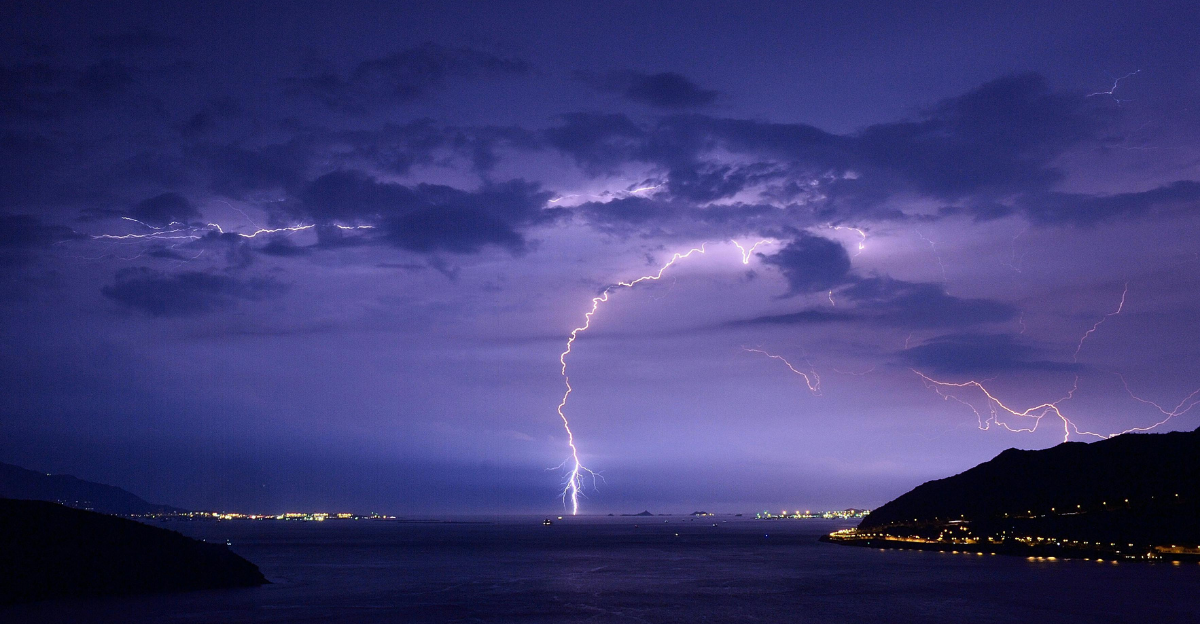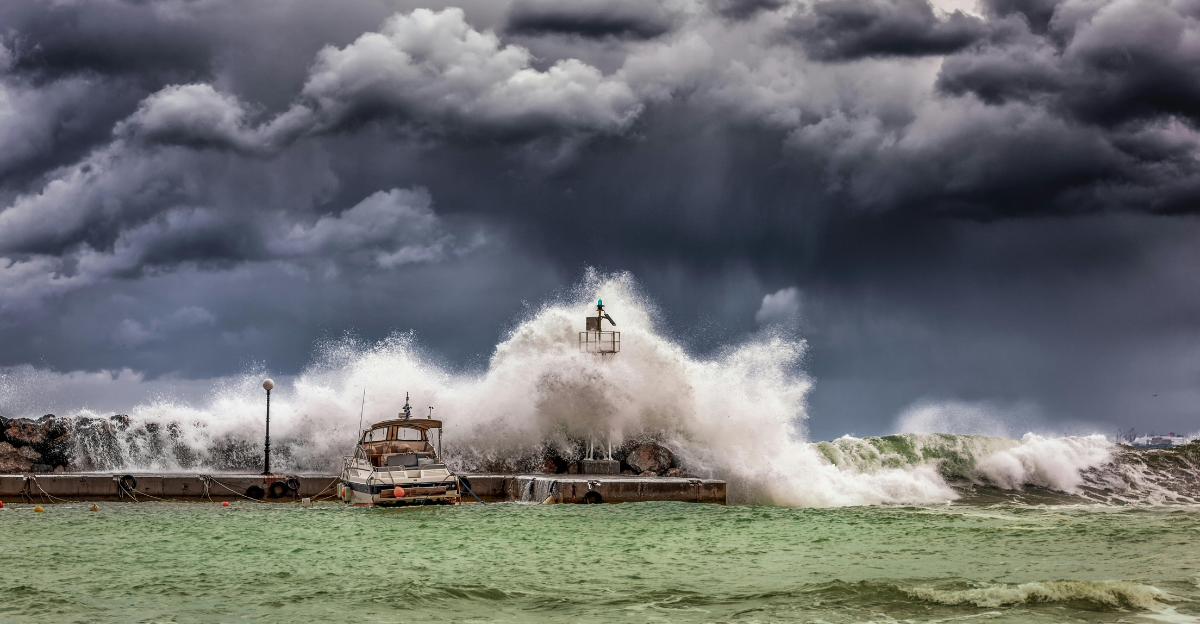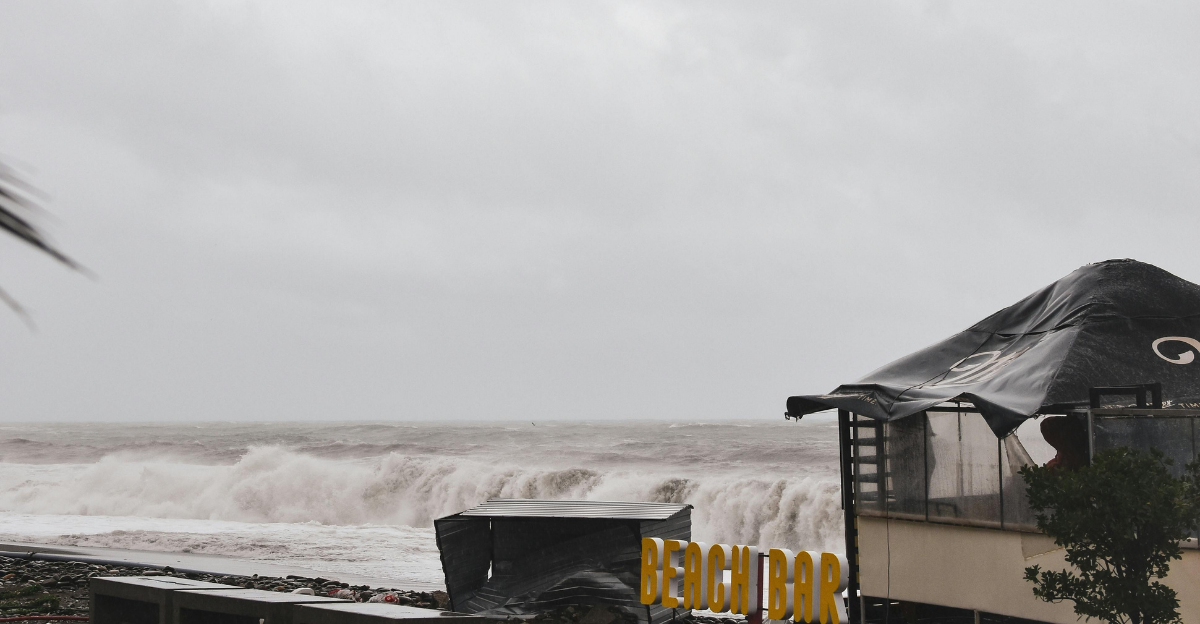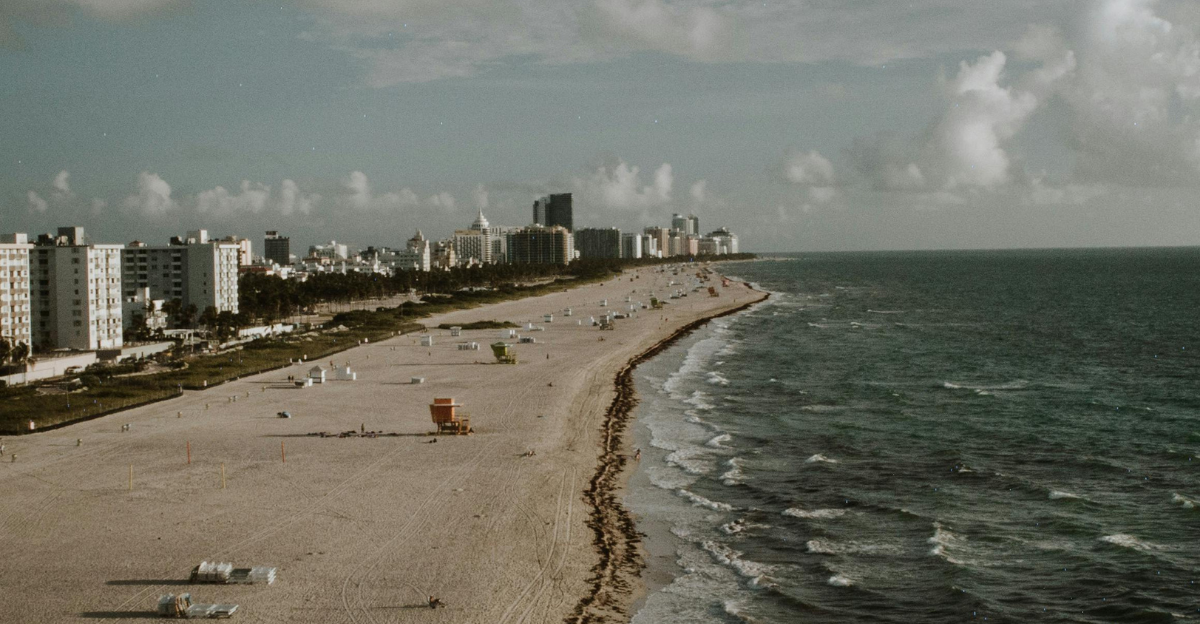
The 2025 Atlantic hurricane season, which NOAA forecasts will be above average, is centered on Florida. Although the season has begun quietly, Florida is particularly susceptible to swift storm development, as well as landfall, due to its unique geography. Off the south East Coast, the National Hurricane Center (NHC) is keeping an eye on a low-risk system that has a 10% chance of developing into a subtropical or tropical storm.
Florida residence need to be on the cart as well. Early preparation is advised by meteorologists, who caution that the combination of warm sea surfaces and atmospheric conditions are close to Florida. To lessen the potential disastrous effects of the situation emergency planners, and the general public must act quickly.
Florida’s Hurricane Legacy

Florida has had a long history with hurricanes, but it is illuminating just how much the strength of nature and the fragility of humanity can come into conflict. The state has experienced more hurricanes than any other US state and significant storms like hurricane Andrew in 1992, Irma in 2017 and Charlie in 2004 have left lasting effects.
These incidents highlighted Florida’s vulnerability to Swift storm intensification and catastrophic landfall, frequently with little warning time for preparation and evacuation. The historical trends demonstrate that Florida hurricane threat is influenced by both the frequency of storms and they’re growing complexity and intensity. The increased frequency of rapid intensification along the Florida coast is a result of warmer golf and Atlantic Waters.
Florida’s Waters Fueling Storm Intensification

Due to its location, Florida is directly exposed to some of the Atlantic basin, warmest ocean Waters, which is a big factor in hurricane intensification. Basically there is a lot of thermal energy available for storm formation because the sea surface temperatures around Florida are currently higher than normal.
Florida’s closeness to the Gulf of Mexico and the Caribbean Sea, both of which are warming very quickly, provides a path for storms to intensify. These warming waters are frequently accompanied by atmospheric factors like high humidity and low wind speeds, which give hurricanes an ideal environment in which to grow. The scientific knowledge explains why the hurricane risk in Florida is so high and increasing every day, with storms getting stronger and more destructive over a shorter period of time.
The Role of La Nina

Florida hurricane risk increased in 2025 when La Nina conditions reappeared. These conditions lessen the Atlantic basin’s vertical wind share, which is one of the most significant factors that typically interferes with storm formation. Storms can form more effectively and intensify more quickly when wind shear is reduced. More activity and power for hurricane seasons that directly affect Florida have historically gone inside with La Nina years.
Even early-season symptoms, such as the low-pressure area currently being monitored close to the south coast, need careful attention because of the climatological background. The impact of the season’s traditional strain on Florida’s emergency response system by delaying the peak of the hurricane season and raising the likelihood of late-season storms.
Economics Involved

The possibility of a hurricane or a hurricane, like storm, making landfall and matter of days is a serious economic concern for Florida because the state economy is closely linked to a hurricane risk. For example, the state real estate market, infrastructure, investments, and tourism sector are also susceptible to storm damage. Which means that a storm could have economic effects on their large scale.
As a result of rising hurricane claims and insurers pulling out of coastal markets, insurance rates in Florida have skyrocketed. Damage to infrastructure such as water systems, power, grids, and roads all need expensive upgrades, and repairs that are frequently financed by state and federal assistance. Additionally, business disruptions can be brought in by the storm as it can have an impact on tax receipts and employment.
Psychological Fallout

Hurricanes have a significant and frequently underappreciated psychological impact on those that they affect. The resident deals with long-term mental health issues in addition to the immediate trauma of disruption, property loss, and evacuation protocols. Increased rates of anxiety, depression, and PTSD could be observed in studies conducted after significant hurricanes. These mental health issues increase, especially among vulnerable groups like low-income communities, children, and the elderly.
A significant gap in disaster preparedness is highlighted by the fact that Florida’s mental health services frequently find it difficult to handle the spike in the mind for help following a disaster. In order to promote holistic recovery, public education, campaigns, and community resilience initiatives in Florida are needed because it is necessary to address mental health in addition to public safety.
Social Media and Misinformation

Full news has been widely sprayed on social media, and this makes it more difficult for Florida to prepare for actual looming hurricanes. Residents have been confused and have occasionally panic in India’s behavior becomes eminent when forecasts that are false circulate. This has been made possible by the global forecast system, which is notorious for producing false alarms.
Citizens should avoid speculating on social media and instead rely on reliable local experts and official sources such as the National Hurricane Center. Social media is being used more and more proactively by Florida’s emergency services to counteract, misinformation and distribute, timely and accurate information that could help with maintaining the situation when the storm hits.
Contrarian Viewpoint

The idea of false alarms should be re-framed as an essential component for readiness rather than a failure. Even if some stories do not come to pass, frequently people warn each other to stay on guard and wait for experts to clarify. Looking at Florida’s history, it is clear that not preparing in time and disregarding early warnings could have disastrous results and make evacuation much harder.
According to research, when warnings are transparent, unbelievable, communities are more alert and ready for what they need to do to avoid getting caught up in the storm. Florida emergency management organizations stress the fact that given the state high risk of storm intensification, being over prepared is far better than being unprepared. False alarms offer this chance for public outreach, resource development, as well as evacuation planning.
Second- and Third-Order Effects

For Florida’s policymakers to plan for resilience and equitable recovery, the following effects must be taken into account. When a hurricane-like storm hits Florida, the consequences are beyond the immediate damage. It will result in their insurance markets becoming more unstable and could endanger home ownership and financial stability because premiums would keep rising and coverage options would decrease.
Florida’s migration patterns are changing, changing the state, political and demographic landscapes. Hurricane related supply changes, eruptions affect Florida’s energy, tourism, and agriculture industries. Week-long power outages and infrastructure damage can impact emergency services and access to healthcare. These domino effects highlight the fact that hurricane landfall is complicated and affect the state on a social and economic level.
Florida Must Act Now on Imminent Hurricane Threat

It is clear from the combination of historical experiences and scientific data as well as current weather patterns that Florida is seriously threatened by a hurricane-like storm that could make landfall in a matter of days.We simply cannot minimize the risk or ignore it. Florida does distinct geographic, economic, and social vulnerabilities makes it necessary for prompt and all encompassing preparation measures to be taken.
The future of Florida rest on turning awareness into action. We have also established that awareness being created over social media is not necessarily a bad thing, but something that emergency services can use to their advantage. Building resilience against increasingly powerful storms, driven by climate change, and natural variability could help Florida to stay on its feet when the rain comes.
Explore more of our trending stories and hit Follow to keep them coming to your feed!

Don’t miss out on more stories like this! Hit the Follow button at the top of this article to stay updated with the latest news. Share your thoughts in the comments—we’d love to hear from you!







